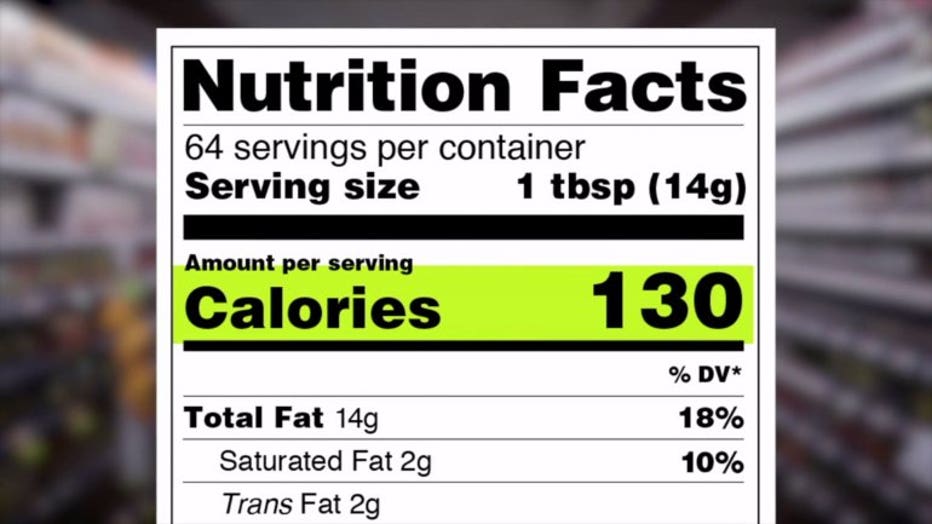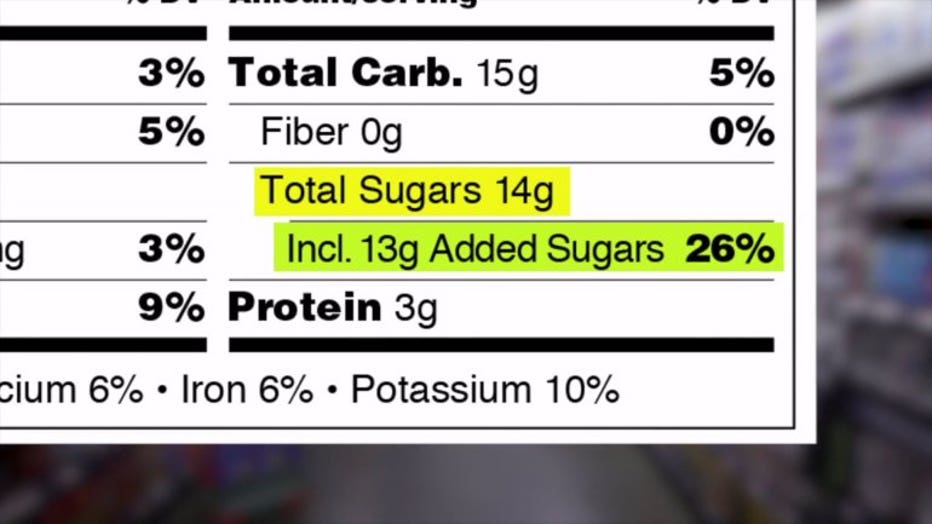New nutrition labels: 4 important changes to help pick the best, healthy foods
Food labels have gotten a makeover. It's the first major overhaul in over 20 years.
The Food and Drug Administration has put new food-label regulations in place based on new health and nutrition research.
And according to Consumer Reports’ nutrition experts, at least four of the changes are key to improving your health.

The nutrition labels on food will make it easier to make more informed choices regarding your diet.
With some simple changes, such as bolder type and the adjustment of serving sizes, it’s going to be a lot easier for consumers who want to eat healthier to lower their risk for heart disease and other conditions.
Here are four important changes that will help you pick the best foods for your health.
First, the serving sizes are more realistic, with amounts for some foods reflecting what people really eat. Another example? If a package holds two or three servings but there's a good chance someone would eat it all in one sitting—say, a bag of popcorn—the label must show nutrition info for one serving and the whole package.

Another label change: Because Americans don’t get enough vitamin D, which is important for bone health, and potassium, which helps to lower blood pressure, they’re now listed instead of vitamins A and C, which are already plentiful in most people’s diets.
And the calorie count will be featured in big, bold type. If you consume more calories than your body needs, those extra calories are stored as fat. But keep in mind that calorie counts don’t tell the whole story; a 250-calorie candy bar that contains nuts isn’t as healthful, for example, as 250 calories worth of nuts.

And now manufacturers may have more of an incentive to reduce the amount of added sugar in their products.
There has always been a line for sugars—referring to both naturally occurring sweeteners plus the ones added in, like granulated sugar and high-fructose corn syrup.

The FDA now requires that added sugars be included on a separate line.
Consumer Reports adds that sugar substitutes go by a lot of different names, like sucralose, stevia, or sugar alcohols like sorbitol or mannitol.
Now that manufacturers have an incentive to lower the sugars they add, you may start to see more of these non-nutritive sweeteners pop up in the ingredients list, so it’s good to watch out for them.

All Consumer Reports material Copyright 2019 Consumer Reports, Inc. ALL RIGHTS RESERVED. Consumer Reports is a not-for-profit organization which accepts no advertising. It has no commercial relationship with any advertiser or sponsor on this site. Fo

